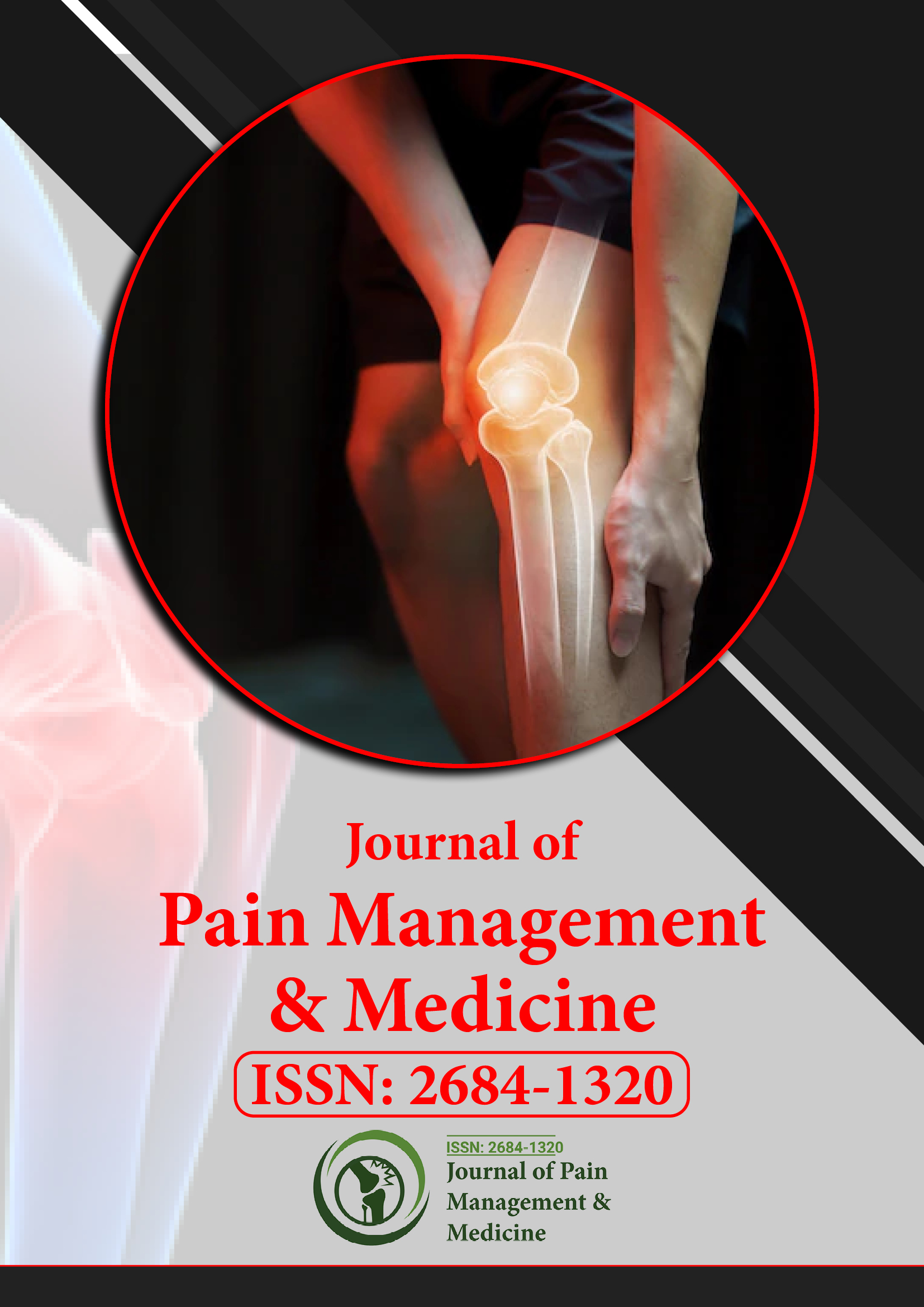Indexed In
- RefSeek
- Hamdard University
- EBSCO A-Z
- Publons
- Euro Pub
- Google Scholar
- Quality Open Access Market
Useful Links
Share This Page
Journal Flyer

Open Access Journals
- Agri and Aquaculture
- Biochemistry
- Bioinformatics & Systems Biology
- Business & Management
- Chemistry
- Clinical Sciences
- Engineering
- Food & Nutrition
- General Science
- Genetics & Molecular Biology
- Immunology & Microbiology
- Medical Sciences
- Neuroscience & Psychology
- Nursing & Health Care
- Pharmaceutical Sciences
Opinion Article - (2025) Volume 11, Issue 3
Psychological Dimensions of Pain Catastrophizing in Clinical Practice
James Henry*Received: 30-Apr-2025, Manuscript No. JPMME-25-29866; Editor assigned: 02-May-2025, Pre QC No. JPMME-25-29866 (PQ); Reviewed: 16-May-2025, QC No. JPMME-25-29866; Revised: 23-May-2025, Manuscript No. JPMME-25-29866 (R); Published: 30-May-2025, DOI: 10.35248/2684-1320.25.11.333
Description
Pain catastrophizing is a psychological construct characterized by an exaggerated negative orientation toward actual or anticipated pain. It involves magnification of pain-related thoughts, feelings of helplessness, and persistent rumination on pain experiences. While pain is a complex interplay of sensory, cognitive, and emotional components, catastrophizing significantly influences how pain is perceived and managed. Increasing evidence suggests that pain catastrophizing not only amplifies the subjective experience of pain but also contributes to chronic pain development, disability, and poor treatment outcomes.
The concept of pain catastrophizing originates from cognitive-behavioral theories of pain, which highlight the importance of psychological factors in shaping pain perception. Catastrophizing is not merely a coping style but a maladaptive response that alters the way the central nervous system processes pain. Patients who catastrophize often report higher pain intensity, greater emotional distress, and reduced functional capacity compared to those with more adaptive coping mechanisms.
Catastrophizing can be divided into three core dimensions: rumination, magnification, and helplessness. Rumination refers to the constant focus on pain and inability to divert attention from it. Magnification involves exaggerating the threat value of pain, often expecting the worst possible outcomes. Helplessness reflects feelings of loss of control and inability to manage pain. Together, these patterns reinforce negative emotional states and contribute to the persistence of pain.
Neurobiological studies provide evidence that pain catastrophizing is associated with altered brain activity in regions involved in emotion, attention, and pain modulation, such as the anterior cingulate cortex, prefrontal cortex, and amygdala. Functional imaging demonstrates heightened activation in these areas among individuals with high catastrophizing scores, suggesting that cognitive-emotional responses play a direct role in amplifying pain signals.
Clinically, pain catastrophizing is strongly linked to chronic pain syndromes, including fibromyalgia, low back pain, osteoarthritis, and neuropathic pain conditions. It is also a predictor of poor recovery following surgery or injury. Patients with high levels of catastrophizing are more likely to report prolonged pain, greater opioid use, and reduced effectiveness of rehabilitation programs. Furthermore, catastrophizing often interacts with other psychological factors such as anxiety, depression, and fear-avoidance behaviors, creating a cycle of chronic pain and disability. Assessment of catastrophizing is commonly performed using validated tools such as the Pain Catastrophizing Scale (PCS), which measures the three dimensions of rumination, magnification, and helplessness. Identifying patients with high PCS scores is essential in tailoring treatment strategies and predicting outcomes.
Management of pain catastrophizing involves psychological and behavioral interventions aimed at modifying maladaptive thought patterns. Cognitive-behavioral therapy (CBT) is the most widely studied approach, helping patients reframe negative thoughts, develop coping strategies, and regain a sense of control. Mindfulness-based stress reduction and acceptance and commitment therapy also show effectiveness by encouraging non-judgmental awareness of pain and reducing emotional reactivity.
Interdisciplinary pain management programs that integrate psychological support, physical rehabilitation, and pharmacological therapy are particularly effective in addressing catastrophizing. Patient education is equally important, as understanding the role of cognitive and emotional factors in pain perception empowers individuals to take an active role in their treatment.
In conclusion, pain catastrophizing is a significant psychological factor influencing the perception, persistence, and management of pain. Recognizing its role in chronic pain conditions allows clinicians to adopt a more holistic, biopsychosocial approach to treatment. By integrating psychological therapies, patient education, and multidisciplinary care, it is possible to reduce catastrophizing, improve pain outcomes, and enhance quality of life. Continued research into the neurobiological and behavioral mechanisms of catastrophizing will further refine strategies for effective pain management.
Citation: Henry J (2025). Psychological Dimensions of Pain Catastrophizing in Clinical Practice. J Pain Manage Med. 11:333.
Copyright: © 2025 Henry J. This is an open-access article distributed under the terms of the Creative Commons Attribution License, which permits unrestricted use, distribution, and reproduction in any medium, provided the original author and source are credited

